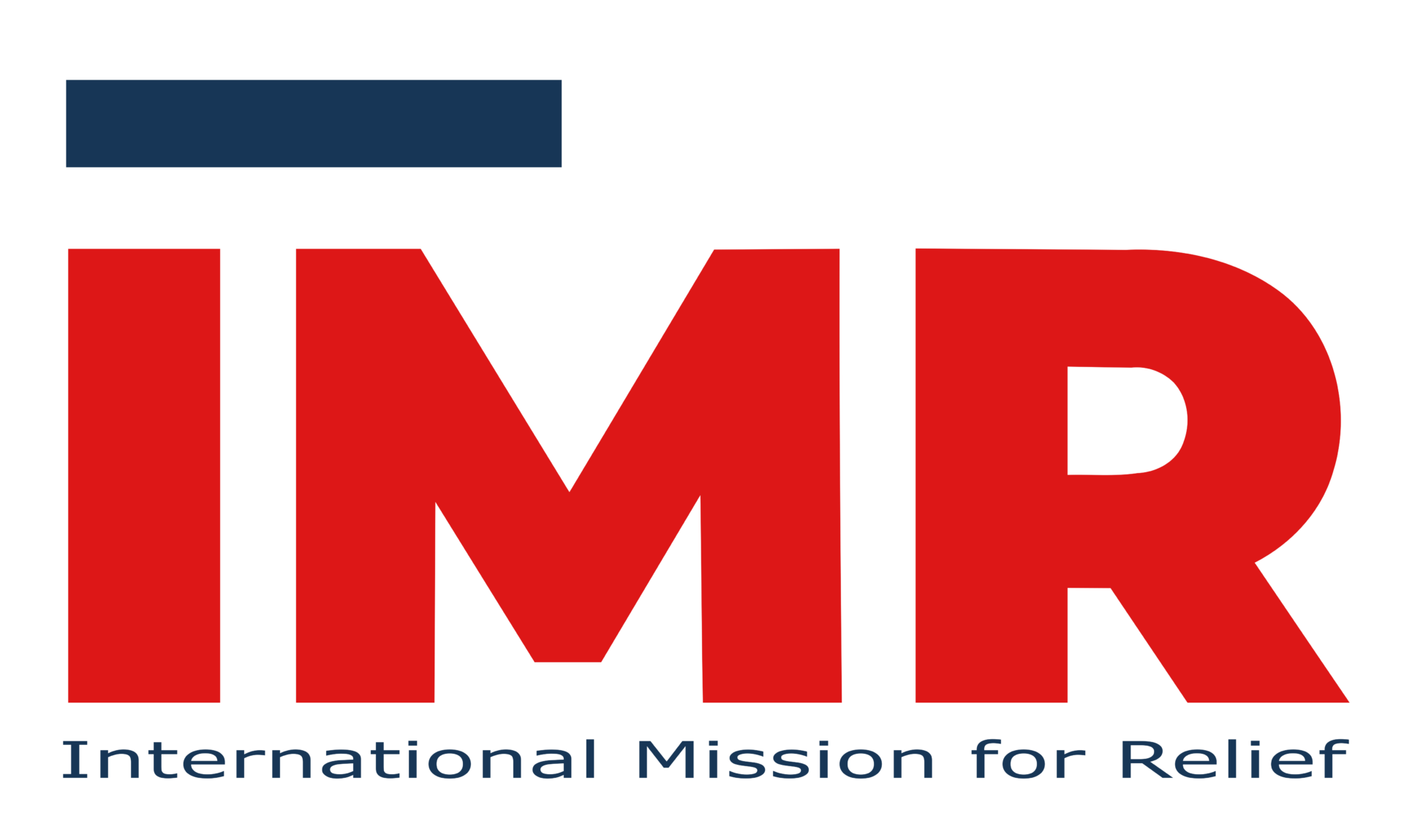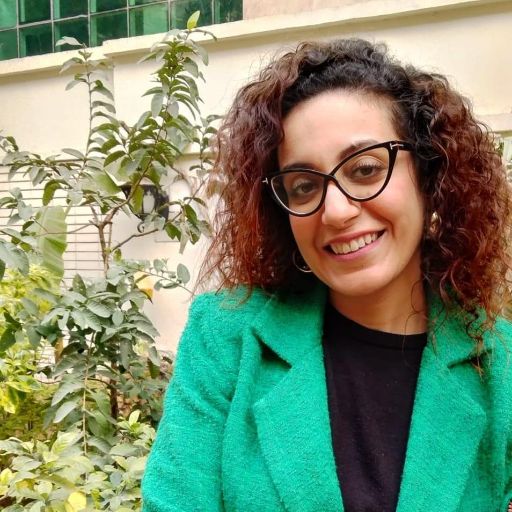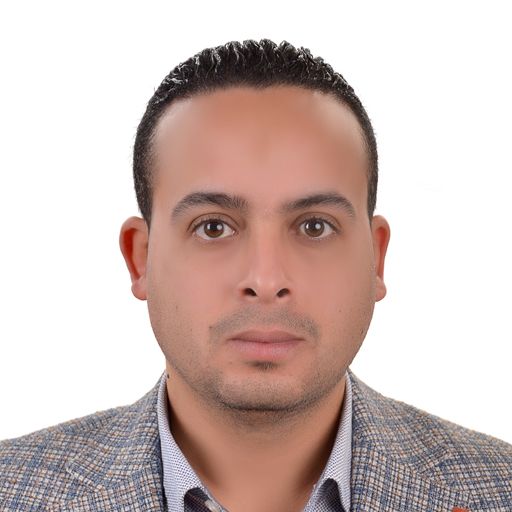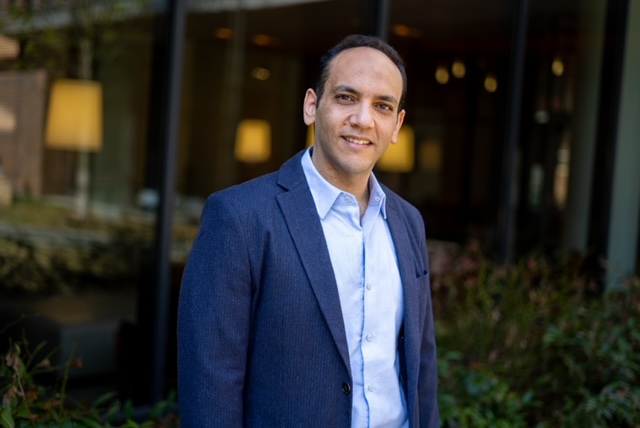IMRELIEF IN EGYPT
Country Updates - Ramadan 2024
IMRelief has successfully delivered food packages and cash assistance to 1,800 beneficiaries in Qena, Matrouh and Sohag.
The high inflation and the currency devaluation in Egypt has pushed more than 60% of the Egyptians to live near or below the poverty line. The grinding economic crisis has mostly affected the population in the rural areas, specially with the huge increase in food prices.
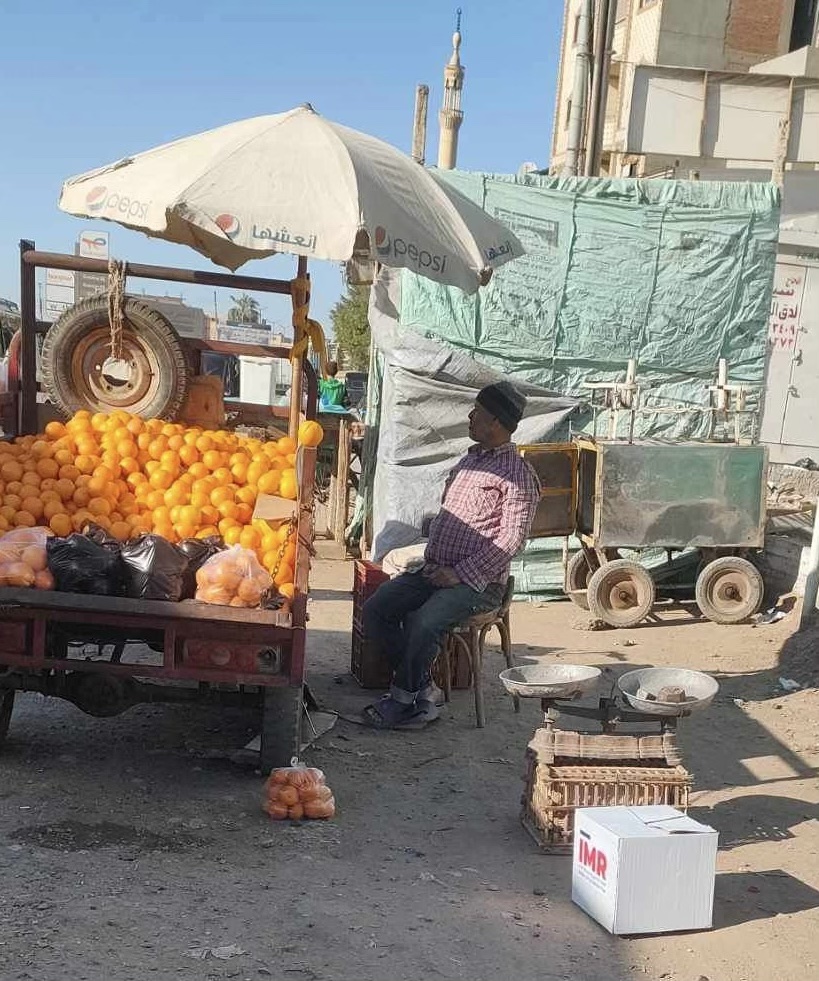
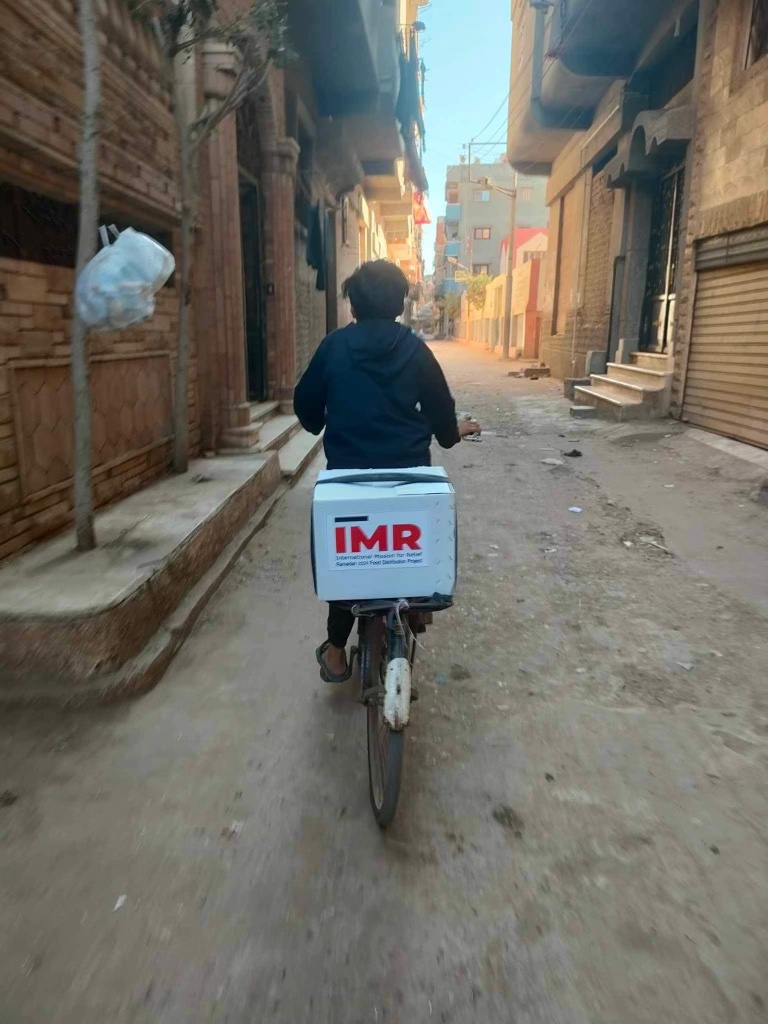
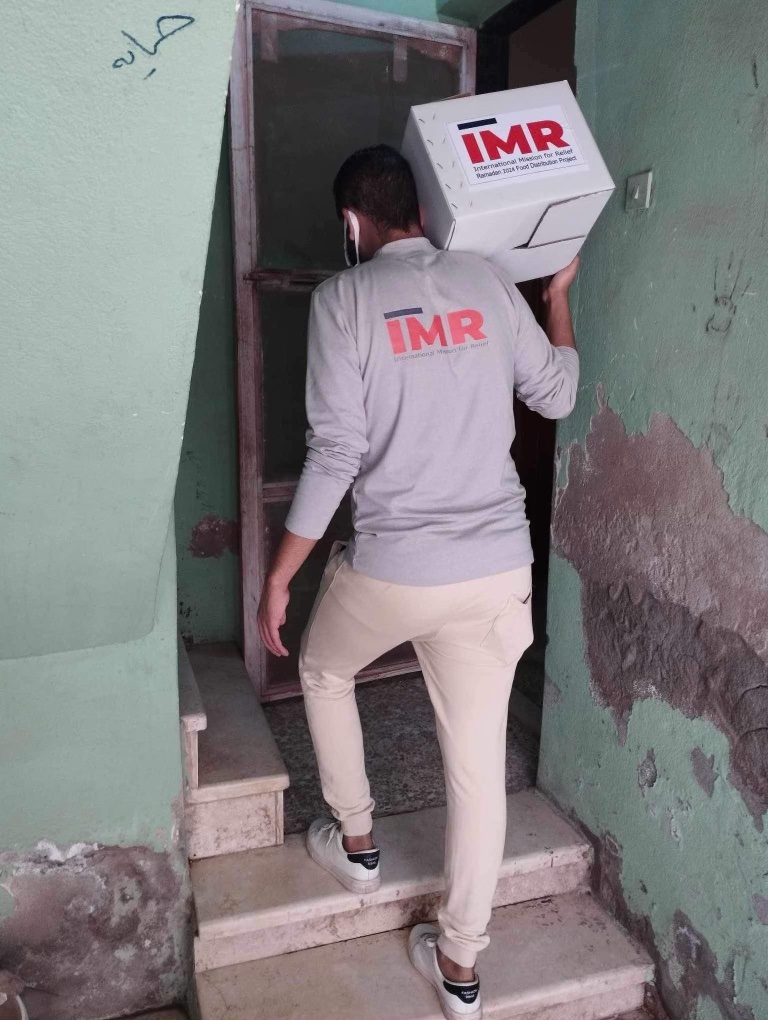
Country Context
Multiple global shocks, especially COVID-19 and the war in Ukraine, have exacerbated Egypt’s development challenges, causing an historic inflation, with food inflation reaching 71% in August 2023. As a result, millions of Egyptians have been pushed out of the middle-class into vulnerability or poverty.
Despite comprehensive government social protection programs, 30 million people live below the national poverty line and almost 4 million live in extreme poverty.
IMRelief Egypt Country Strategy is aligned to contribute toward the objectives of Vision 2030, Egypt’s governing framework that sets out the country’s economic, social and environmental development priorities within Agenda 2030.
Vision 2030 framework aims to increase Egypt’s per capita GDP, reduce poverty and contribute to food and nutrition security. Vision 2030 also recognizes the empowerment and protection of women and girls as a priority for sustainable development.
Key Figures and Notes
(CAPMAS, 2019)
(Registered Refugees and Asylum Seekers)
- Rural Upper Egypt is the region with the highest poverty rates
- Urban areas have experienced higher poverty increases
- Relevant Highlights: Comprehensive government interventions, but with spatial disparity and limited reach. Expectations for rising poverty.

IMRelief Highlights
Food Security
Income poverty (demand side) is the key determinant of food insecurity in Egypt. (WFP, 2023)
However, most recently, the supply side of food availability in Egypt has also been impacted. The impact of the war in Ukraine has materialized in the form of increased costs of bread, other imported grain, fuel, and fertilizers (affecting domestic agricultural production). (World Bank, 2023)
Food Access
Egypt’s commitment to leaving no one behind in terms of improved food security is evident in the inclusion of school feeding as an essential component of the education reform agenda by 2030. IMR aims to reduce spatial disparity and expand the reach of these reform efforts to remote and rural areas.
Livelihood and Entrepreneurship
Did you know?
Entrepreneurship is an indirect intervention toward increasing food supply (availability)
Rural households are increasingly unable to survive on farming alone, due to a shift in gender roles, forcing men to migrate in search of off-farm work while women become increasingly responsible for farming. (WFP)
By starting their own businesses, home-based women entrepreneurs can generate sustainable incomes for themselves and create more jobs within their communities, boosting incomes for more people. Consequently, men can stay to expand on-farm work, and increase food supply for the household and community. We prioritize business process training in food value chains, digital technology, and export-oriented activities.
